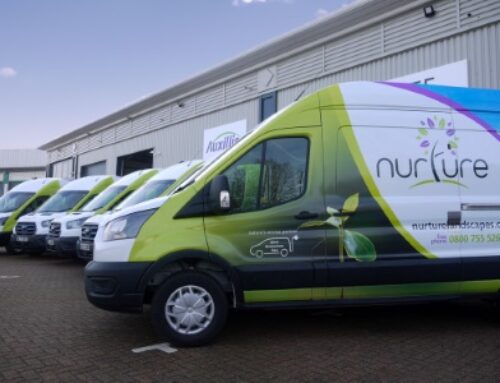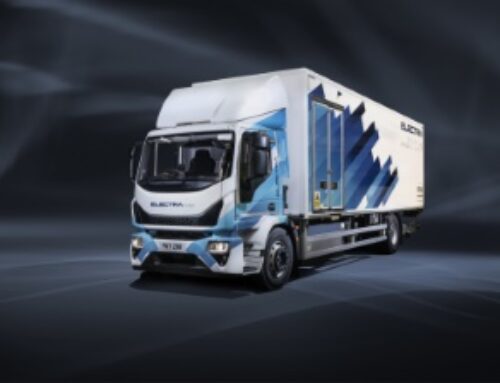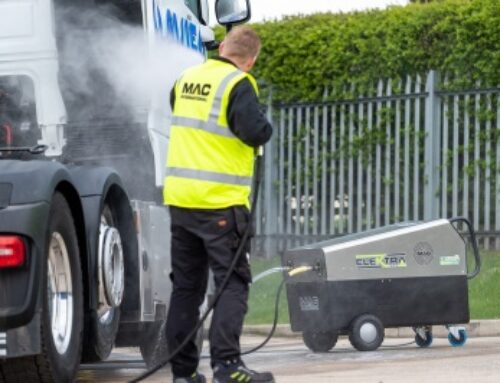Paragon: industry challenges are driving software integration
 Transport operations are increasingly looking at ways to bring together planning, transport and drivers using telematics to boost operational performance – according to an annual UK customer survey carried out by Paragon Software Systems.
Transport operations are increasingly looking at ways to bring together planning, transport and drivers using telematics to boost operational performance – according to an annual UK customer survey carried out by Paragon Software Systems.
The survey, which was completed by more than 100 industry professionals, found that vehicle operators are turning to integrated technology solutions to overcome a host of challenges.
“The survey highlighted a wide range of planning pressures, which are demanding greater and more innovative use of technology to solve,” said William Salter, managing director of Paragon Software Systems.
“The need for more accurate time windows (44 per cent) was pinpointed as the biggest, followed by the ability to compare planned routes with what is actually happening on the road (39 per cent), and the need to maximise the utilisation of available drivers (34 per cent).
“Meanwhile, almost three-quarters of the respondents claimed they have had to adapt their service in the past year because of changing customer demands. In particular, the provision of tighter time windows (31 per cent); ETA on the day of delivery (28 per cent); more frequent communications (22 per cent); and proof of delivery (20 per cent) were the most cited changes.”
Connected technology was now playing a critical role within the road transport sector to deliver the added visibility and control needed to tackle planning challenges and effectively meet customer expectations, William Salter added.
“The survey found that nearly all respondents (97 per cent) are using some type of telematics solution and almost half (45 per cent) are interfacing this technology with their routing and scheduling software,” he continued.
“The results confirmed most fleets are now using vehicle tracking (95 per cent) with over half (52 per cent) also utilising electronic proof of delivery. Other popular solutions include 3G/4G vehicle cameras (40 per cent), live temperature monitoring (25 per cent) and workforce management apps (20 per cent).
“Those transport operations integrating these systems with their routing and scheduling software are doing so to take advantage of real-world data that supports real-time performance monitoring and continuous improvement.”
The capture of real-world data gives transport operations visibility of what is happening out on the road in real-time, he points out, allowing them to monitor and correct service problems as they arise.
“The threat of late arrivals can be flagged immediately; KPIs such as drops per driver or miles driven per gallon of fuel can be monitored easily; and customers can be proactively alerted to potentially late deliveries.
“Comparing actual data against planned routes also allows transport operators to learn from what has happened and feed changes back into the operational plan. This continuous improvement loop helps minimise transport costs, achieve robust plans and ultimately keep on evolving.”
Meanwhile, electronic proof of delivery applications (ePOD) provide a way of eliminating paperwork, standardising the customer experience and gaining peace of mind that deliveries have been completed.
“With the advances in mobile technology and widespread adoption of smartphones, these capabilities have expanded in recent years,” William continued.
“Customised forms can now support a wide range of electronic data capture – such as vehicle or health and safety checks – while in-built cameras allow pictures to be taken of delivered orders, damaged items or vehicle problems.
“Meanwhile, waypoint mapping can feed an approved plan direct to the driver, providing turn by turn Sat Nav guidance through a mobile device and ensuring that optimised routes are more closely followed.”
He concluded: “Combining route optimisation software with vehicle tracking and proof of delivery software means that the planning team, transport office and drivers are all working together towards a common goal of better visibility, reduced costs and increased customer service.
“This will create an environment that benefits from a continuous feedback loop, resulting in the most accurate transport plan and enhanced operational performance.”











